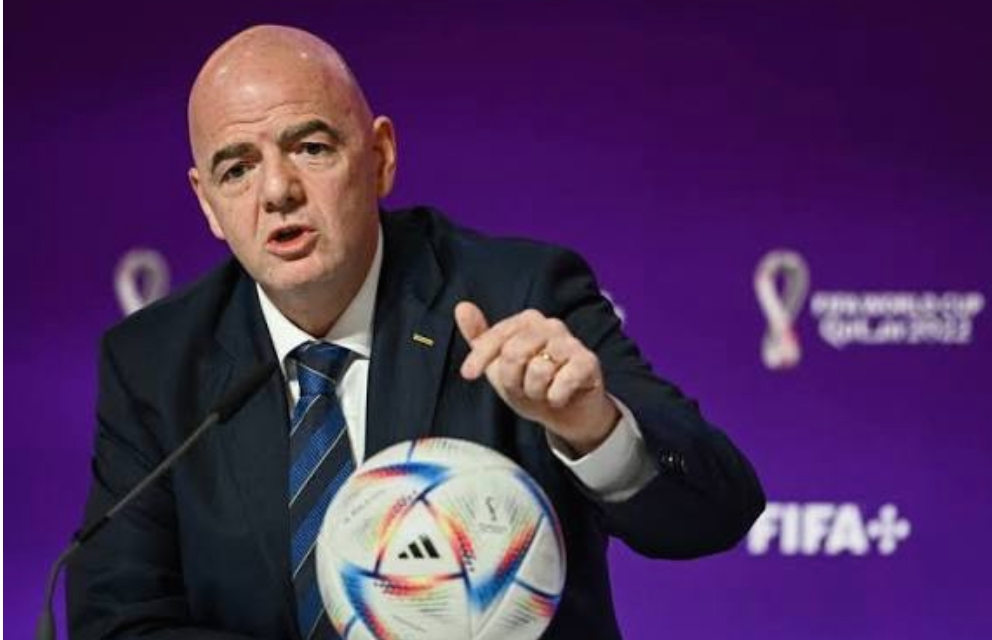The Incident: What Led to the Controversy
During Arsenal’s match (against Fulham, per recent reports) Bukayo Saka drove into the penalty area and was challenged by Kevin (a Fulham substitute). The on-pitch referee initially awarded a penalty to Arsenal, believing that Kevin had fouled Saka in the box. (The Guardian)
However, following a VAR check, the decision was reversed. The official explanation: Kevin touched the ball in the course of the challenge, thus nullifying what would have otherwise been a foul. The referee announced:
“After review, Fulham 22 [Kevin] makes a challenge and plays the ball. Therefore, no foul is committed. No penalty and restart is a drop ball to the goalkeeper.” (SI)
Thus, what looked like a penalty on initial viewing was overturned after video review.
The Rationale: Why the Penalty Was Overturned
To understand how referees arrive at overturning decisions, one must consider the relevant rules and the standard for VAR intervention.
VAR’s “Clear and Obvious Error” Standard
VAR is not supposed to overturn every close call. The criterion is whether the on-field decision is a “clear and obvious error,” or whether there is a serious missed incident. In this case, the refereeing team judged that the initial call (penalty) might have been incorrect, prompting the on-field review.
The deciding factor, according to the referee’s statement, was that Kevin did get a touch on the ball during the challenge. That touch was considered sufficient to mean he “played the ball,” meaning the contact on Saka was not considered a foul in the eyes of the laws (or at least, not a foul that merits a penalty under the interpretation applied). (SI)
Sequence of Contact: Ball first, then body?
One key question is which contact came first: Did Kevin’s leg hit Saka first (a foul), or did he make a legitimate play on the ball first? The referee and VAR evidently determined that the ball contact came before or concurrently with the contact on Saka, which makes the challenge legal by their reading.
Many observers and Arsenal fans dispute this, arguing that the contact on Saka’s knee/thigh was substantial and preceded the touch (or at least was unavoidable) and should have warranted a penalty despite a minimal touch. (The Guardian)
In fact, critics argue that the decision rewards a defender who makes contact with the opponent just after touching the ball, effectively giving defenders cover to foul as long as they “nibble” the ball first. (The Short Fuse)
Criticism & Counterarguments
From Arsenal’s perspective
- Saka’s view: He has voiced that, notwithstanding the defender’s ball touch, he felt “a big contact” on his knee. He suggests that such a contact should outweigh a marginal touch on the ball. (Facebook)
- Momentum / game context: Because Arsenal were leading and pushing, the denial felt especially costly — such decisions are magnified in tight matches.
- Pattern concern: This isn’t the first time Arsenal have had a penalty awarded and then overturned by VAR in recent matches, which fuels frustrations about consistency and possible bias. (SI)
From the referee / VAR side
- They defend the decision under the letter of the laws: a challenge that includes a legitimate touch to the ball can negate a foul claim.
- They maintain that because the reversal went through an on-field review (referee looked at monitor), the decision was carefully made rather than impulsive.
- They would argue consistency: the laws must apply equally, and if any contact on the ball is judged sufficient, then that must be the precedent, even if unpopular.
Implications & Broader Debate
On interpreting “playing the ball” vs. fouling the man
This incident underscores a perennial tension: defenders want the leeway to attempt to win the ball, attackers demand protection from contact. The interpretation hinges on: how much touch qualifies as “playing the ball”? And how much contact is permissible after that? Every such decision walks a fine line.
Fans and analysts will question whether the “ball-first” principle is being stretched too far — that is, whether too much incidence of foul-worthy contact is being excused because of a very slight touch.
On consistency & credibility of VAR
Frequent overturns of on-field calls (particularly in high-stakes moments) erode public trust in refereeing and VAR. Critics argue that if referees award something, then overturning it too often diminishes the point of having on-field decisions. Supporters of VAR say the review mechanism is essential to reduce human error.
When one team (like Arsenal) repeatedly finds itself on the wrong side of such reversals, calls for scrutiny of referee behavior, bias, or structural advantage will naturally arise.
On impact on the match
In this particular match, Arsenal managed to hold on to a 1–0 lead (thanks to a goal from Trossard) and thus the denial of the penalty did not cost them the game. (The Guardian) Still, psychologically and in tactical terms, being denied a penalty can shift momentum, force more risk, and add pressure.
Even though Arsenal came away with the points, the incident will linger in the narrative — especially if future matches have similar controversial calls.
Conclusion
The denial of a penalty for Arsenal after the challenge on Bukayo Saka presents a microcosm of modern refereeing dilemmas: ball touch vs. contact on the man, the power of VAR intervention, and public perceptions of fairness. While the referee’s team justified the reversal under existing interpretations of the laws, critics—particularly Arsenal fans—will view it as an unjust outcome, symptomatic of a system that sometimes protects defenders disproportionately.
If you like, I can also track historical data on how often Arsenal’s on-field penalties have been overturned by VAR in recent seasons, or compare this to how other teams are treated in similar situations. Do you want me to dig into that?
